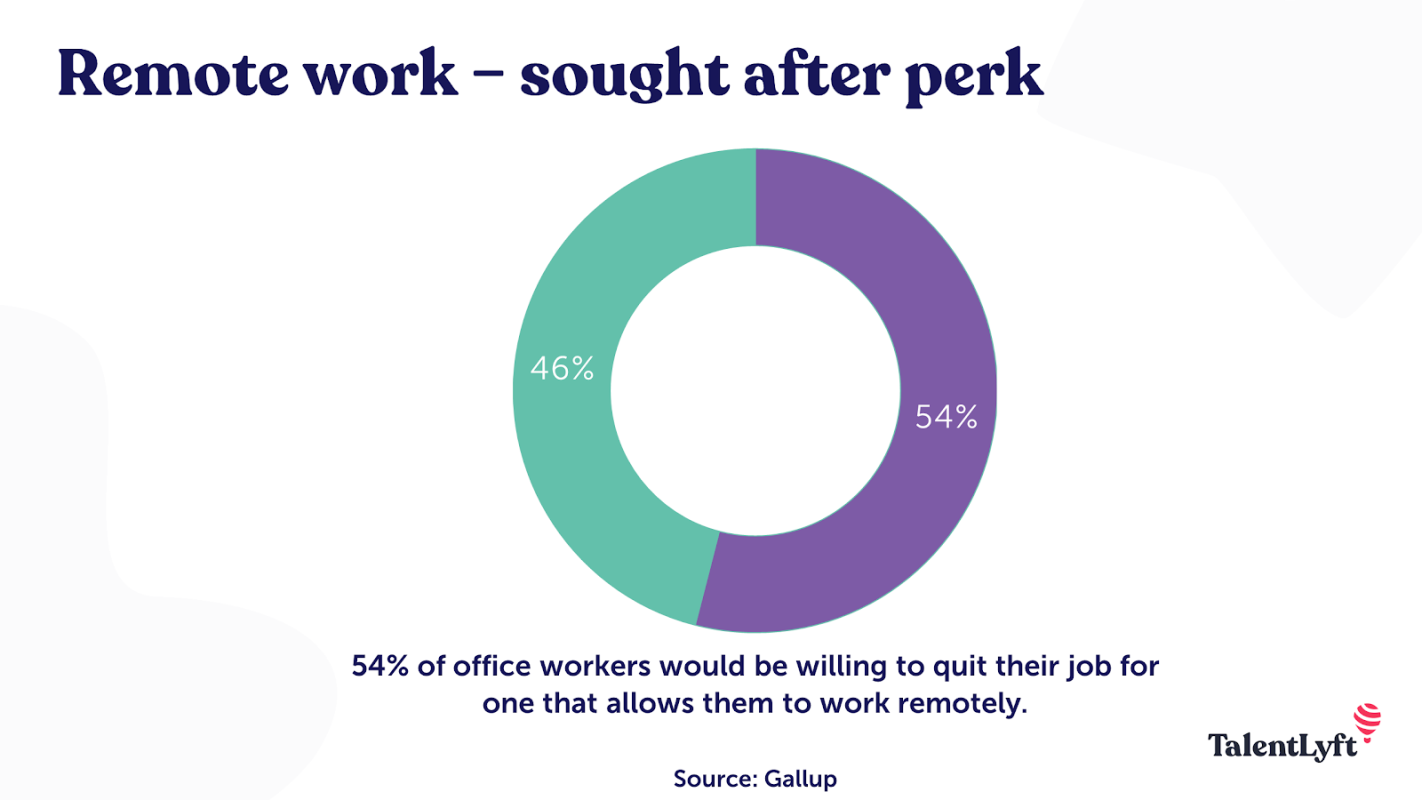 Have you noticed how much the pandemic has altered our daily lives?
Have you noticed how much the pandemic has altered our daily lives?
More people are shopping, attending school, and working almost exclusively online. In fact, more than 90% of workers prefer remote work.
However several companies have begun requiring employees to return to the office at least 3 days weekly. But could remote work help the environment? Let’s see!
Lesson From The Pandemic
In 2019, approximately 81% of US workers commuted to work; 76% commuted alone, and only a small percentage used public transportation.
The average commute time was nearly an hour round trip. For some, it was common to make long-distance commutes several times weekly to be present for meetings. These trips required hotels, rental cars, and flights – very resource-intensive travel for events that lasted an hour or so.
 During the COVID-19 stay-at-home orders, people were forced to work remotely (also called telecommuting). The percentage of people working from home jumped from 5 to 50%! As a result, air quality improved significantly as global emissions decreased!
During the COVID-19 stay-at-home orders, people were forced to work remotely (also called telecommuting). The percentage of people working from home jumped from 5 to 50%! As a result, air quality improved significantly as global emissions decreased!
A Promising Trend
A recent U.S. study looked at how remote and hybrid work models impact the climate. Data was analyzed from many sources, including the U.S. Energy Information Administration’s Residential Energy Consumption Survey, and Microsoft’s anonymous employee data.
The study revealed that a single day of remote work per week only reduces carbon emissions by 2%, however full-time remote work may potentially reduce emissions by up to 54%. It appears that the more days that people work from home, the better it is for the environment.
Are There Challenges?
 Without further study, it will be difficult to determine the true effects of remote work on the climate.
Without further study, it will be difficult to determine the true effects of remote work on the climate.
Several factors need to be considered, for instance, does the person drive an energy-efficient car? The study found that telecommuters are more likely to travel outside of the home throughout the day. Is renewable energy utilized to power their homes? Telecommuting means that employees will be using more energy at home than if they were at the office. The answers to these questions will help determine the real effects of remote work on our environment.
Another thing to consider is that remote work may not be suitable for all sectors. Certain fields like manufacturing and dentistry require physical presence and access to special equipment, removing the option for remote work. Currently, computer and IT fields are the most popular industries for remote work since they already depend on digital environments. However, more companies are offering remote positions in sectors like marketing, accounting, and telehealth.
In conclusion, the environmental impacts of remote work will need to take careful consideration of a person’s lifestyle, use of clean energy, etc. Meanwhile, we should try implementing simple carbon-reducing habits into our routines. Even packing your lunch can help reduce your environmental impact! So what are ways that you can reduce your carbon footprint?
Sources: Washington Post, Forbes, WE Forum, Scientific American, Census.gov, Anthropocene Magazine, bls.gov







